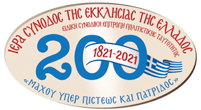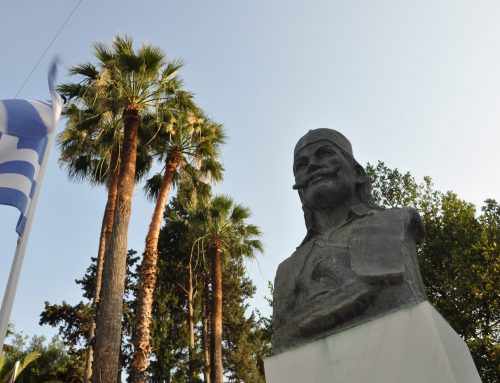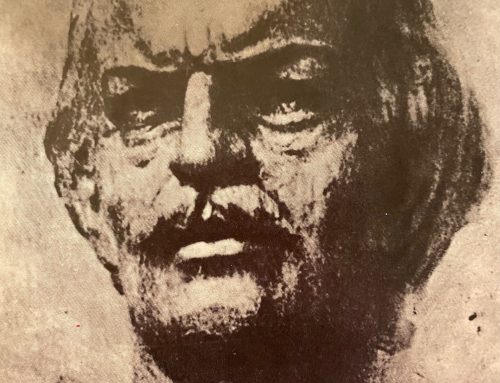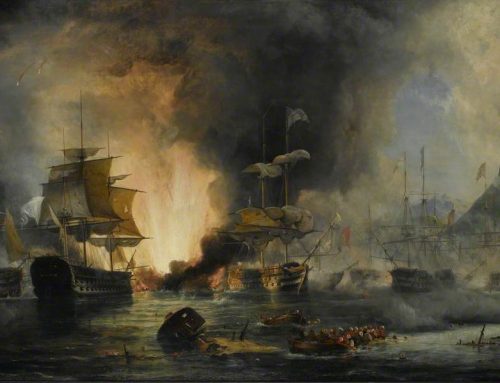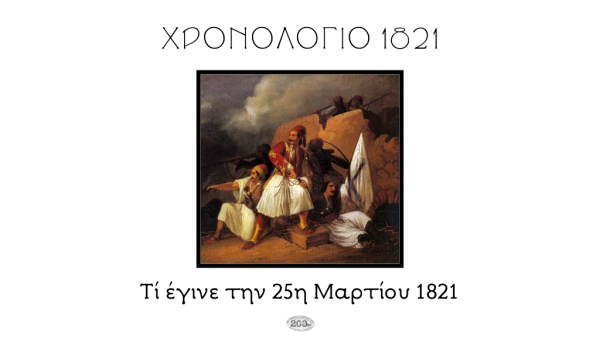
As early as 1820 the 25th of March, day of the Feast of the Annunciation of the Mother of God, had been set by the Society of Friends (“Filiki Etairia” in Greek) as the day for the uprising across Greece. This is also affirmed by Theodoros Kolokotronis in his Memoirs: “On the 20th letters from Ypsilantis reached me that I be ready as well as all our people; March 25 was to be the day of generalised revolution” [our emphasis]. The pioneers of our freedom wished to connect Orthodoxy with Fatherland and send out a message of a twofold, religious and national, Annunciation.
The same date was also confirmed during the secret assembly of the Bishops and Headmen of the Peloponnese in Vostitsa (Aighion) on January 26-29, 1821. Alternative dates were also proposed, such as April 23, feast day of Saint Gorge, or May 21, feast day of Saints Constantine and Helen. All those dates symbolized the connection of Christian faith with national freedom.
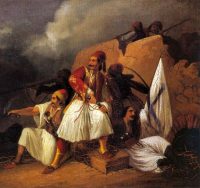
When a people has been enslaved for four centuries, it is not easy for it to sit and wait for the exact date set. Therefore, following the unsuccessful rebellion of Alexandros Ypsilantis in Moldowallachia, the mobilization of the Greeks started in many areas as early as mid-March. The period from March 17 and onwards is in effect brimming with rebellions and oath-taking ceremonies of fighters in the Peloponnese, Roumeli (Central Greece), Northern Greece and elsewhere.
It is wrong to claim that Otto invented March 25. The Royal Decree of 1839 merely confirmed what the pioneers of the Revolution wished and what they themselves, who at that time were still alive, told him, namely that it was the wish of all that the National Uprising commence on March 25 so that the unbreakable ties between Orthodoxy and Hellenism be highlighted.
Relevant Bibliography :
Kolokotronis, Theodoros C., (1770-1843,) Διήγησις συμβάντων της ελληνικής φυλής από τα 1770 έως τα 1836. Υπαγόρευσε Θεόδωρος Κωνσταντίνου Κολοκοτρώνης [i.e. “Account of Developments of the Greek Race from 1770 to 1836. Dictated by Theodoros Kolokotronis, son of Constantinos”, in Greek], Printed by H. Nikolaides Philadelpheus, Athens 1846, pp. 47-48.
Painting :
War scene, by Theodoros Vryzakis, National Gallery.
